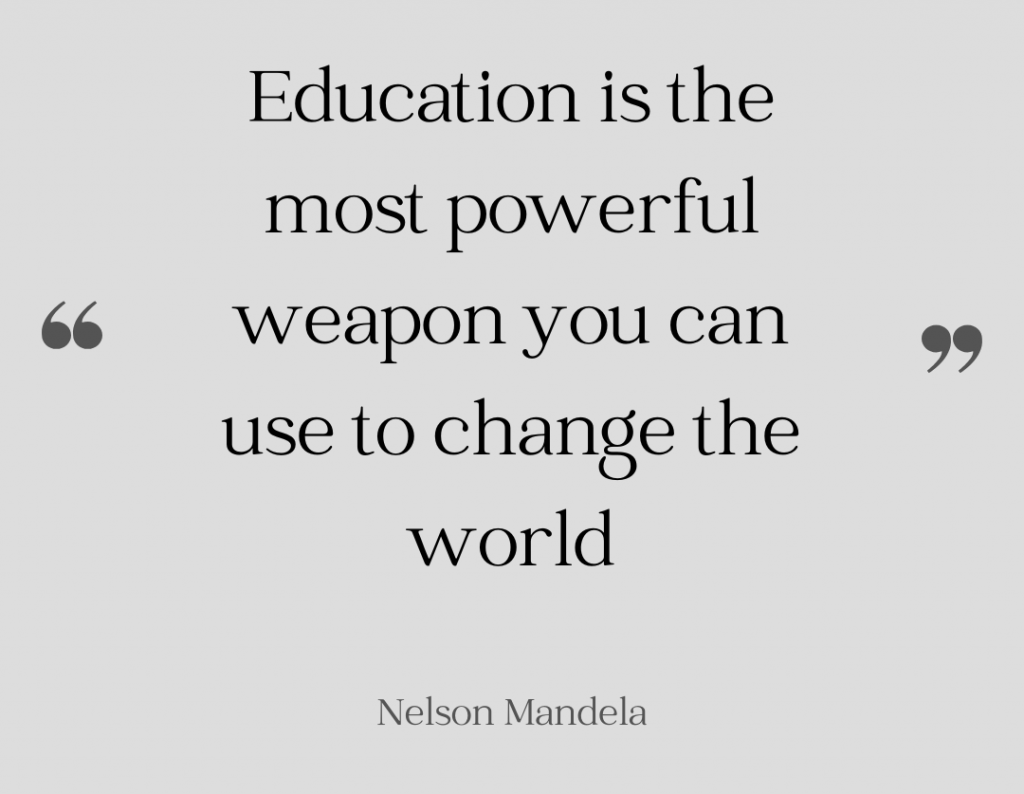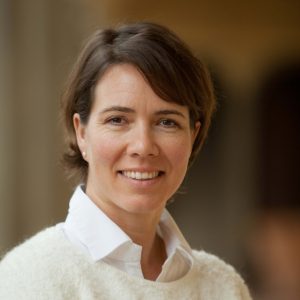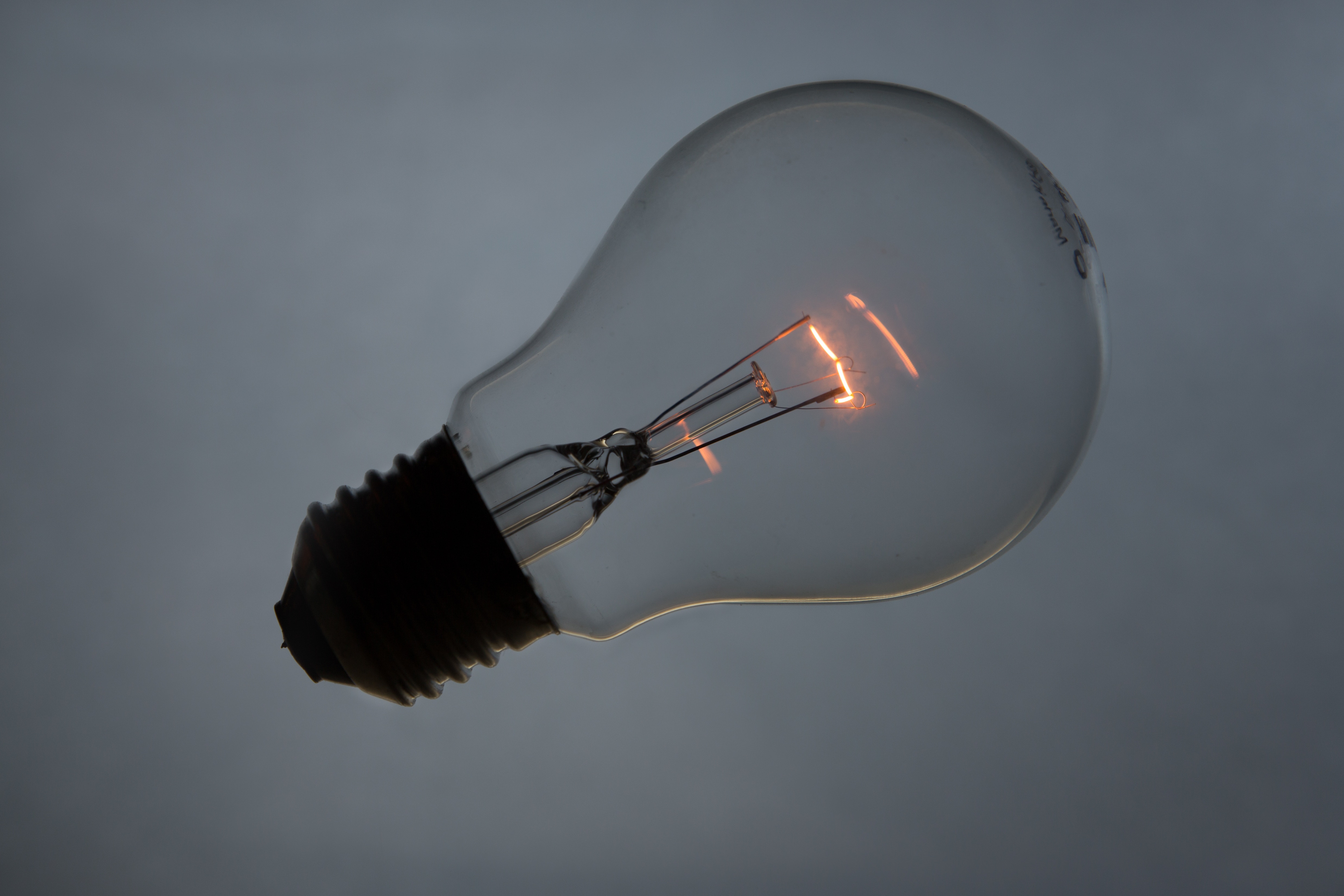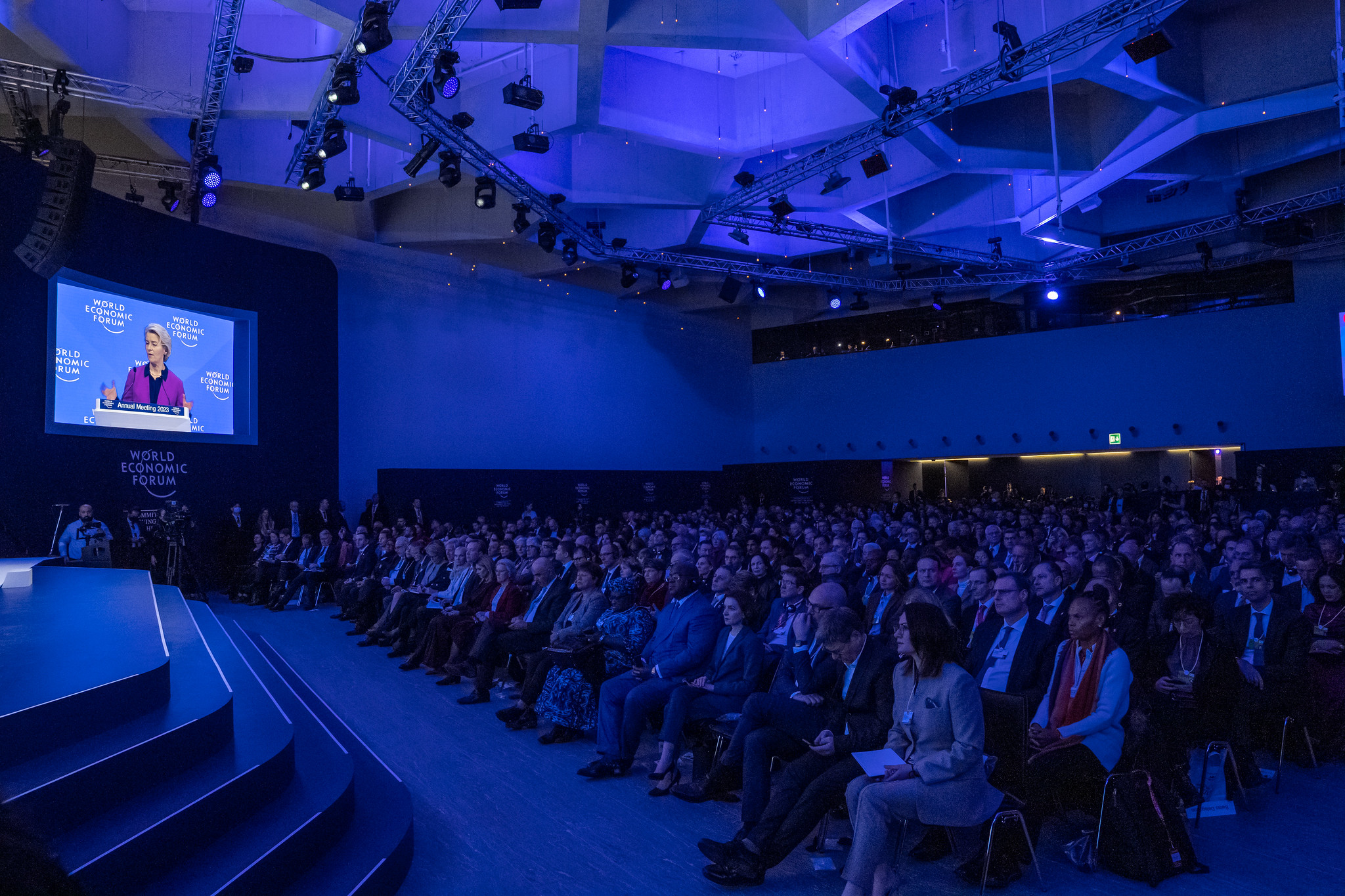As the world delves deeper into climate change, the interdisciplinary nature of the growing challenge is becoming evident, together with its urgency. One of the key aspects of the 2030 Agenda for Sustainable Development is to “Leave no one behind”. When addressing Sustainable Development Goal 7 (SDG7), this means, among other actions, ensuring access to energy for the 1.1 billion people who still live without it. However, this path has to leave fossil fuels behind if it is to ensure that poverty eradication goes hand in hand with climate change mitigation.
Youth and adults, future (and present) global leaders are being trained to identify innovative and multi-dimensional solutions to these challenges, learning to have an open-minded holistic approach to problem-solving. Because, in the words of Pia Løvengreen Alessi, Energy Advisor at FSR Global, with extensive work experience in managing projects in the field of energy, education and sustainable development, “When teaching about sustainable development or the energy transition, there is no silver bullet.”
As an expert in the field of education for sustainable development, your work focuses on Sustainable Development Goal 7, which is about ensuring access to affordable, reliable, sustainable and modern energy for all. Why is youth education an important part of this?
A noteworthy peculiarity of Sustainable Development Goal 7 (SDG 7), and why I find it so very interesting and urgent for everyone to learn about, is that, on the one hand, it regards the human need to reach access to adequate quantity and quality of modern energy and with that providing the equal opportunity for all to pursue human and economic development. On the other hand, it also considers the environmental urgency for a quick and radical change in energy systems, focusing on the energy transition needed everywhere and by everyone. These are two goals in one, apparently contradictory (more energy and lower emissions) and yet belonging to one technical, organisational, and behavioural revolution.
With this peculiarity in mind and recognising that today’s youth will be disproportionately affected by climate change and environmental degradation, impacting both their physical and psychological well-being, it is our responsibility to equip them as best possible to avoid being relegated to the role of passive victims but instead taking on the role of impactful activists. They must be equipped to understand the legacy they are being left with, how and why the previous generations got it wrong so they can better address the problems at hand. At the same time they must learn how to design solutions that overcome these problems and meet the demands of future generations.
Today’s youth are indeed critical players in delivering a just, clean energy transition. In homes, electronic devices have overtaken large appliances as the largest share of electricity demand. As such, it is not difficult to reduce demand by installing sustainable energy habits and energy efficiency measures, perhaps even contributing to transitioning to cleaner energy sources. It is not only within the homes that youth have a potential impact; the influence they have on corporations as consumers of a vast range of products and services allows them to demand they also make the changes for a better future.
Climate-related distress and anxiety are on the rise and need to be considered when engaging youth. We are all increasingly bombarded with messages that climate change may threaten our existence, and we all need to find a coping mechanism. A growing body of evidence shows that engaging in meaningful actions on climate change may benefit well-being. Understanding their role as energy consumers and acting accordingly can, in fact, help all of us reduce climate-related distress and anxiety.
Giving young people the tools needed to take positive action regarding climate change will not only allow them to play an important role in implementing climate solutions but will also help them protect their own well-being. This implies acknowledging their role as energy consumers and taking responsible decisions in their everyday lives while also engaging in public debate demanding that governments and corporations do the same in grand schemes with long-term implications.
The pace of progress in electrification has slowed in recent years, due to #COVID19 & the increasing complexity of reaching those hardest to reach.
Read more in the #SDGreport 2022: https://t.co/5ht3hartBg pic.twitter.com/Bfvk1Tv0p6— UNStats (@UNStats) August 3, 2022
What about the role of young people in reaching the Sustainable Development Goals? They are showing motivation and taking to the streets. But, do they have the tools to change things?
Motivating young people to take to the streets and miss class for one day is very different from taking responsibility for their actions and attitudes and installing sustainable habits.
The pre-teen/early teenage group is an important target group. This is when they begin to engage independently with society and ask what kind of person they want to become (personally and professionally) and what kind of place they want the world to be. It is also when they start developing personal opinions about what is right and fair and contemplating what actions they can take to reflect their personal values and establish consumption habits accordingly. It is in everyone’s interest that they get all the help and support to get off on the right track from the outset.
To support the youth in positioning themselves within the energy and climate debate, they need age-appropriate didactic material to help them gain the necessary knowledge and tools to take responsibility and action accordingly. Furthermore, taking a student-centred approach and giving students a voice in their learning helps them grow, engage and stimulate motivation to take action. They also further benefit from knowing that they are not taking action in isolation, that they are part of a community of like-minded peers that are thinking, demanding and taking action just like they are.
Engaging students in the energy debate will allow them to take position and to take responsibility for their actions and attitudes. As such they stand a better chance of growing into global leaders who will make better decisions about the future of our planet than previous generations did.

How are SDG training programmes developed and are they effective?
When teaching sustainable development, it is essential to take a holistic, cross-disciplinary approach to tackle problems and solutions. For example, it is impossible to improve poverty, health facilities or education without considering the energy needs, financial implications and gender impacts. It is equally important to address the climate and environmental effects of energy provision, which in turn have social consequences for local populations.
When addressing SDG7 through adult education, we usually have a mix of stakeholders in the cohort composed of political scientists, sociologists, economists and engineers. At the outset of the course, one of the primary objectives is to make sure everyone gains a multi-dimensional understanding of energy access so that they can better collaborate in identifying obstacles and design innovative solutions together. Suppose industry and policy leaders do not communicate with each other or with the end consumers. In that case, they will not be able to identify solutions that meet the specific needs of the people and the market in the given place.
When teaching both adults and youth about sustainable development or the energy transition, it is essential to remember that there is no silver bullet. We are all learning and improving our understanding of the issues as we become better informed, best practices change as circumstances change, and policy and technology evolve continuously. By learning to have an open-minded holistic approach to problem-solving, both the youth and the adults will be better equipped to face future challenges and opportunities.
In the age of mass media how does communication play an important part in sustainability education?
As observed at the recent COP26, a notable discrepancy exists between the severity of climate change impacts and the lack of motivation to act in line with the urgency. This is true for all spheres and age groups, the youth included. In the age of mass communication, clear and compelling communication targeted to peers is one way we encourage youth to go an extra mile by showcasing their great initiatives to the world and hopefully help address the motivational gap of their peers.
By encouraging youth to engage in effective energy and climate communication, they highlight the energy and climate solutions they identify and implement daily (reduce home energy consumption, cycle to school, implement a plant-based diet on certain days). Through various social media outlets, they strive to reach their peers and build a community of like-minded young people taking action on climate and energy issues.
One example of such an initiative has been engaging young people in the WAME Energy-Self-Portraits Contest launched in 2021. The contest’s objective was to encourage families worldwide to document their personal “energy story”. The contest came about due to the COVID-19 lock-down restrictions and urged families to reflect upon their role as energy consumers and the transition needed. Youth from all over the world submitted photos for the contest. It demonstrated that shining a light on a topic and providing room for student agency opens a creative and engaging channel in youth learning and engagement.
What initiatives have impressed and inspired you most in the field of climate change and SDG communication?
In 2017 my friend and colleague Swetha RaviKumar and I were launching the Energy Access hub of the Florence School of Regulation (FSR) at the European University Institute. Our first mission was to develop an instrument that would help stakeholders understand how regulatory tools can be used to promote SDG7 in countries that have still not achieved 100% access to electricity. Our first stroke of luck was when Professor Ignacio J. Pérez-Arriaga MS and PhD in Electrical Engineering from the Massachusetts Institute of Technology (MIT), and Electrical Engineer from Comillas University in Madrid, Spain, agreed to be the course director.
The design and production of the four-and-a-half-month online course took over a year, and we were thrilled when the first edition of the Regulation for SDG7 course was launched with over 100 global participants. The objective of the course was to analyse the multi-dimensional approach to energy access and emphasise the role of regulation in bringing actionable solutions to these problems.
While the course was packed with expert lectures and top-of-the-range reading material, the integrated peer-to-peer learning gave the experience a unique edge. To solve the challenges set throughout the course, the students would consult each other weekly in a dedicated forum to identify the most appropriate solutions based on shared experiences across countries and continents. Students concluded the course not only with increased theoretical knowledge about the role of regulation in meeting energy access objectives, but they also left packed with best-practice examples of a range of relevant issues and a network of peers they have been calling upon ever since.
Since 2017 the Energy Access hub of the FSR has been upgraded to a fully-fledged FSR – Global Area based in New Delhi, India; and the Regulation for SDG7 course has seen the number of students graduating increase every year. This year we are hosting over 200 students for the fifth edition.
Having seen the tremendous impact this course and the network had on the students, I decided I wanted to try to create a similar experience for middle and high-school students. I aimed to build a hub where youth can access age-appropriate holistic educational material on how to preserve the planet while also providing them with the opportunity to engage and share experiences with like-minded students worldwide.
In 2020 the Fondazione AEM, through the WAME project and partners of the Let’s Act project, was granted Erasmus plus funding to be able to do precisely that. We are currently in the final design phase of the learning platform and will launch the testing phase in October 2022. When the testing phase has been completed, the platform will be open access as of March 2023, and we will welcome students from all over the world to engage, share and take action together.
In the wise words of Nelson Mandela, “Education is the most powerful weapon you can use to change the world”. Every day I am thrilled to be part of that very change.

Pia Løvengreen Alessi has extensive work experience in managing projects in the field of energy, education and sustainable development.
She has over 8 years’ experience working for non-profit organisations in selecting, implementing and managing development projects in India and the Democratic Republic of Congo. Pia has also worked on several pan-European projects, mainly based in Brussels and worked for the Danish TSO Energinet.dk where she was actively involved in establishing the TSO association ENTSOG.
She joined the Florence School of Regulation at the European University Institute in January 2011 as External Relations Advisor and was nominated Universal Access to Energy Advisor in November 2015. Since 2016 she has been responsible for the World Access to Modern Energy (WAME) project, hosted at the Fondazione AEM and supported by FSR Global. At WAME she is responsible for designing didactic material for middle and high school students on SDG7 and sustainable development.
Pia holds a Master’s degree in European and International Politics from Edinburgh University and a Diplôme d’études complémentaire (DEC) in Humanitarian Aid from Université Catholique de Louvain.






